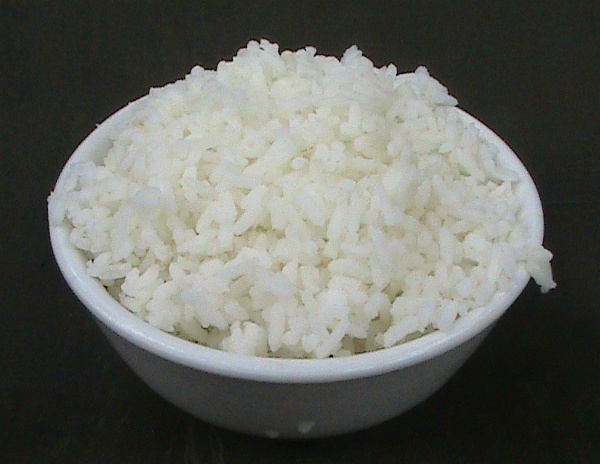Facts About Steamed rice
Cooked rice, often referred to as steamed or boiled rice, is a versatile staple enjoyed worldwide. Whether it’s made from Asian, African, wild, glutinous, or non-glutinous varieties, and whether it is whole grain or milled, cooked rice can serve as the foundation for countless dishes. These range from fried rice and rice bowls to rice porridges, rice balls, rice cakes, and even desserts—indeed, the culinary possibilities are virtually limitless.
Globally, rice is one of the most consumed foods and is categorized within the grains food group by the U.S. Department of Agriculture. Nutritionally, cooked steamed white rice is particularly noted for its content of micronutrients such as zinc and manganese.
The preparation of rice typically begins with rinsing and sometimes soaking the grains before cooking. The amount of water used, cooking techniques, and timing can vary depending on the type of rice. You can boil rice in a pot or steam it using a food steamer. Traditional methods might involve draining the rice after cooking; however, many people today opt for electric rice cookers for their convenience. During cooking, rice absorbs water, causing it to expand in both volume and mass.
In East Asia, it’s common to serve cooked rice in individual bowls, with communal dishes placed in the center for everyone to share. Cooked rice also features in various dishes such as fried rice and rice bowls, with popular examples including Arroz Chaufa, Bibimbap, Congee, and Sushi.
Interestingly, cooked rice is also used in beverages, both alcoholic and non-alcoholic. Different types of rice—such as Japonica, Thai steamed rice, sticky rice, sushi rice, and Basmati—each have their unique cooking methods, contributing to the diversity in taste and texture.

 Malaysia
Malaysia